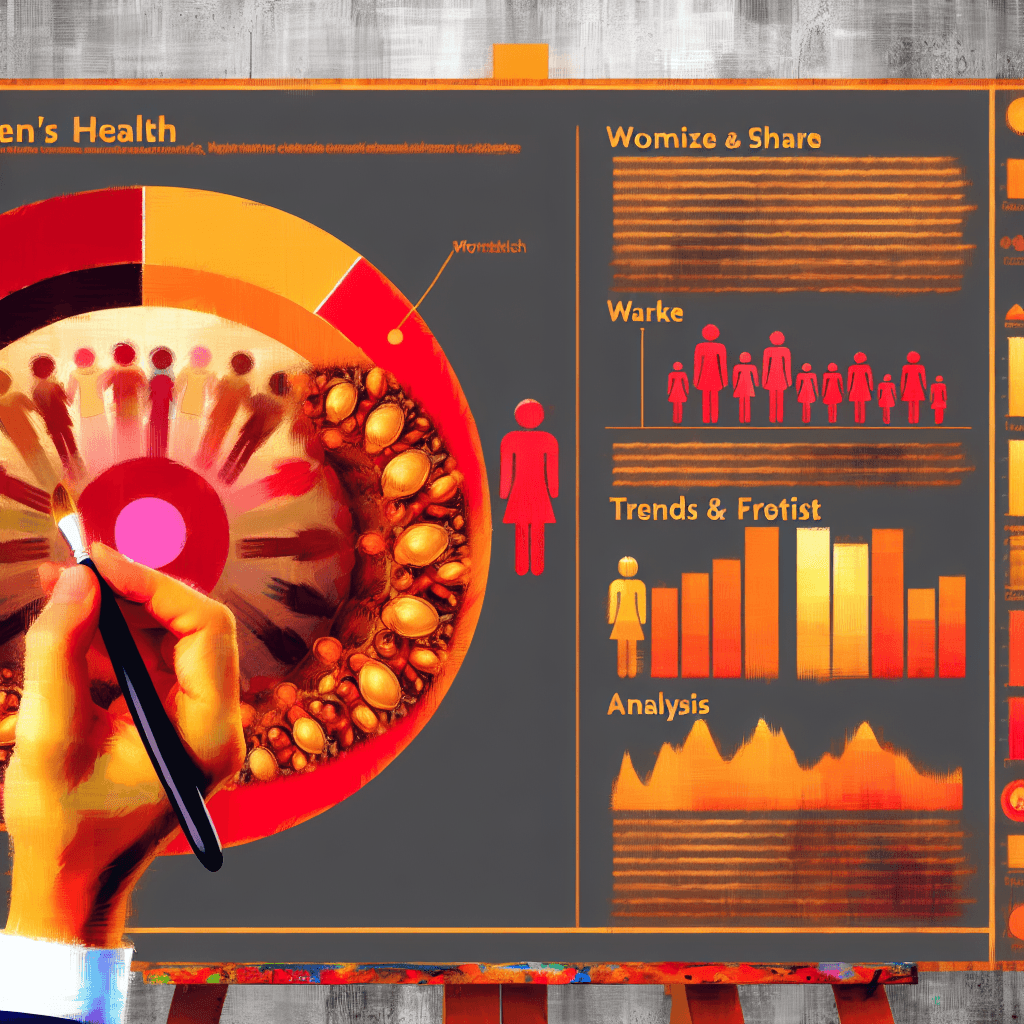Explore the Women’s Health Market: size, share, trends, analysis, and forecasts. Get key insights and growth opportunities.
Women’s Health Market Size, Share, Trends, Analysis & Forecast

Table of Contents
Women’s Health Market Size, Share, Trends, Analysis & Forecast

The women’s health market is an increasingly vital component of the global healthcare sector, focusing on the diagnosis, treatment, and prevention of diseases affecting women across different stages of their lives. This market encompasses a wide range of products and services designed to address the unique health needs of women, including reproductive health, menopause, osteoporosis, and breast cancer, among others. This article delves into the current size, share, trends, and future forecasts of the women’s health market, providing a comprehensive analysis supported by relevant examples, case studies, and statistics.
Current Market Overview
The global women’s health market has shown robust growth over the past decade, driven by increasing awareness of women’s health issues, aging populations, and advancements in healthcare technologies. According to a recent report by Grand View Research, the market was valued at approximately USD 36.5 billion in 2020 and is expected to grow at a compound annual growth rate (CAGR) of 4.9% from 2021 to 2028.
Several factors contribute to this growth, including:
- Increased government and NGO initiatives to promote women’s health.
- Greater investment in healthcare infrastructure.
- Rising prevalence of chronic and reproductive health issues among women.
- Enhanced access to healthcare services and insurance coverage.
Key Market Segments
The women’s health market is segmented based on product type, application, and geography. Each segment provides unique insights into the market dynamics and growth opportunities.
Product Type
Products in the women’s health market include devices, drugs, and supplements specifically designed for women’s health issues. For instance, the demand for osteoporosis drugs and supplements has increased significantly due to the rising incidence of osteoporosis in postmenopausal women.
Application
The applications of women’s health products are vast, covering areas such as reproductive health, post-menopausal health, and general wellness. Reproductive health products, including contraceptives and fertility drugs, hold a significant share of the market.
Geographical Analysis
North America currently leads the global market due to its advanced healthcare infrastructure, high healthcare spending, and strong presence of key market players. However, Asia-Pacific is expected to witness the fastest growth due to improving healthcare facilities, rising awareness, and increasing government initiatives in countries like India and China.
Emerging Trends and Innovations
The women’s health market is at the forefront of medical innovation, with several emerging trends shaping its future:
- Personalized Medicine: Tailored treatment plans based on genetic and biometric data are becoming more common, improving outcomes in women’s health.
- Digital Health Solutions: Mobile apps and wearable devices are increasingly used for monitoring menstrual cycles, pregnancy, and menopause-related symptoms.
- Biologics: The development of biologic drugs for treating conditions like autoimmune diseases, which disproportionately affect women, is on the rise.
These innovations not only enhance the quality of care but also offer significant investment opportunities within the sector.
Case Studies and Success Stories
Several companies and organizations have successfully contributed to advancing women’s health. For example:
- Bayer AG: Known for its leadership in women’s healthcare products, including contraceptives and menopause management drugs.
- Merck & Co., Inc.: Has developed vaccines that have significantly reduced the incidence of cervical cancer caused by human papillomavirus (HPV).
These examples demonstrate the potential for impactful innovation and profitability in the women’s health market.
Challenges and Barriers
Despite its growth, the women’s health market faces several challenges:
- Lack of awareness and social stigma associated with discussing women’s health issues in many parts of the world.
- Unequal access to healthcare services between urban and rural areas.
- High cost of advanced treatments and medications.
Addressing these challenges is crucial for the continued growth and effectiveness of the women’s health market.
Market Forecast and Future Outlook
Looking ahead, the women’s health market is poised for continued growth and innovation. Advances in biotechnology, a greater focus on personalized medicine, and increasing global investment in women’s health are expected to drive significant market expansion. By 2028, it is projected that the market will reach new heights, further enhancing the quality of life for women around the world.
Conclusion
The women’s health market is a dynamic and essential part of the global healthcare landscape, characterized by robust growth, innovative trends, and significant investment opportunities. As society continues to recognize and address the unique health needs of women, this market is expected to flourish, bringing improved health outcomes and quality of life for women globally. Stakeholders in the healthcare sector must continue to invest in and focus on this important area, ensuring that women’s health remains at the forefront of medical research and healthcare services.
With continued innovation, awareness, and advocacy, the future of the women’s health market looks promising, offering hope and improved health for women worldwide.








